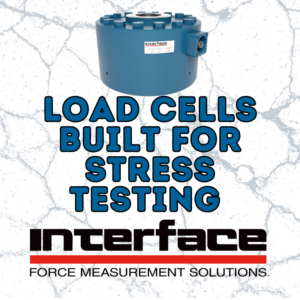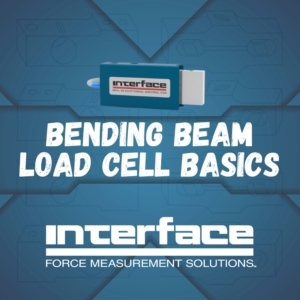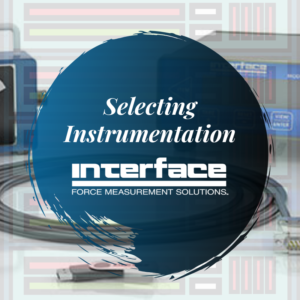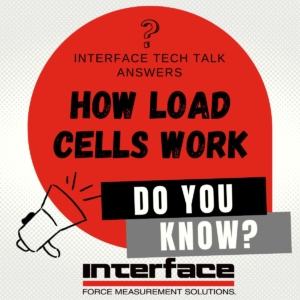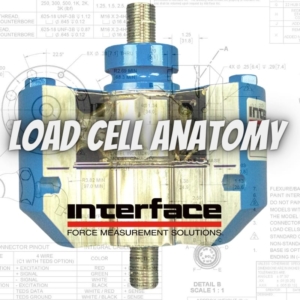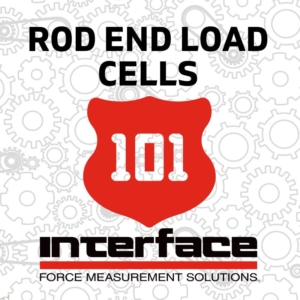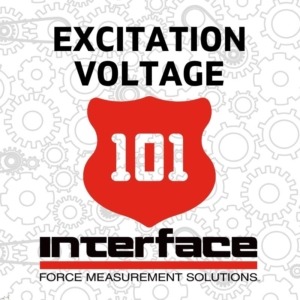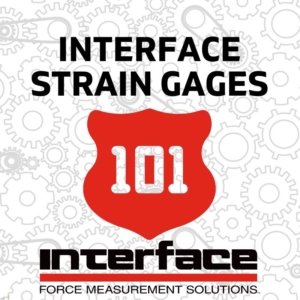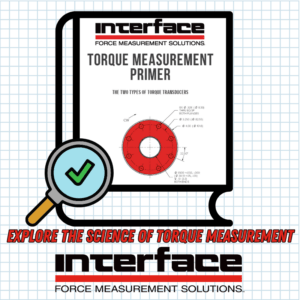
IQ Blog
Torque Measurement Primer Review
Interface Torque Measurement Primer is an expert guide that takes you step-by-step, from torque transducer basics through complex capacity calculations to fixture and mounting considerations. This technical reference offers considerable detail and diagrams regarding critical topics that impact the performance and accuracy of torque transducers. Learn about defining capacity requirements, performance factors, mechanical configurations, outputs, and resolution, plus tips for mounting and couplings.
